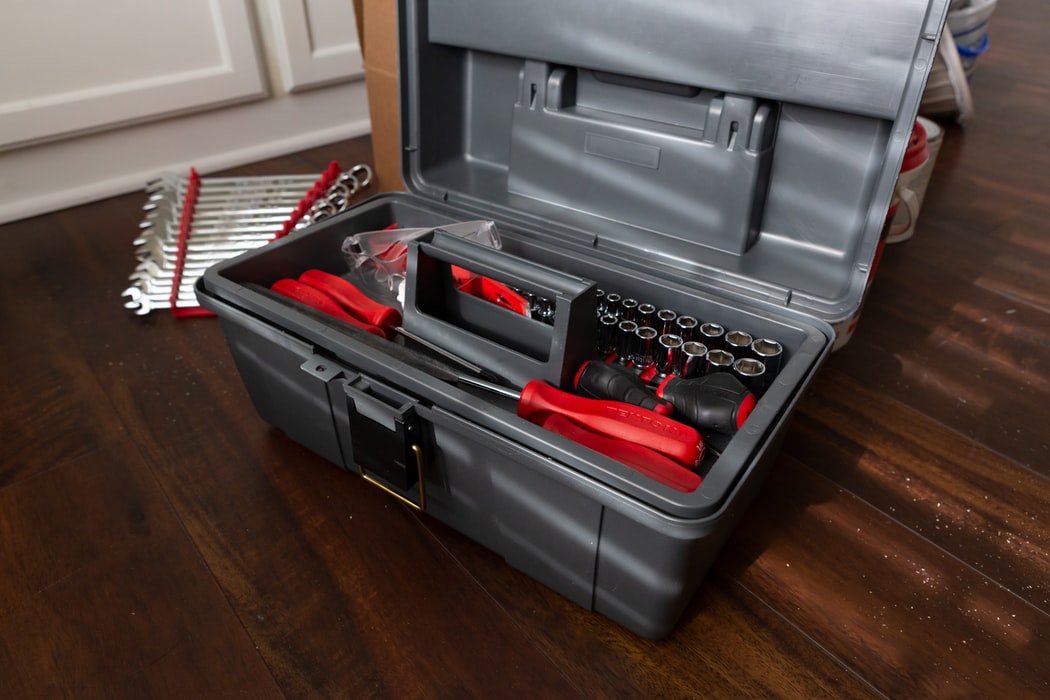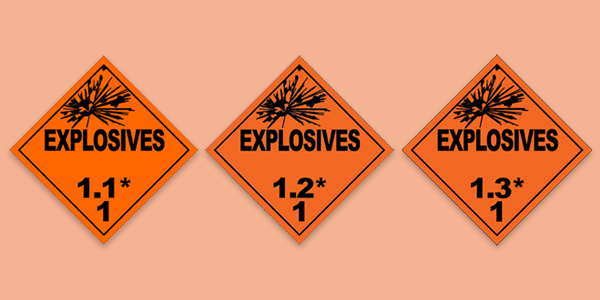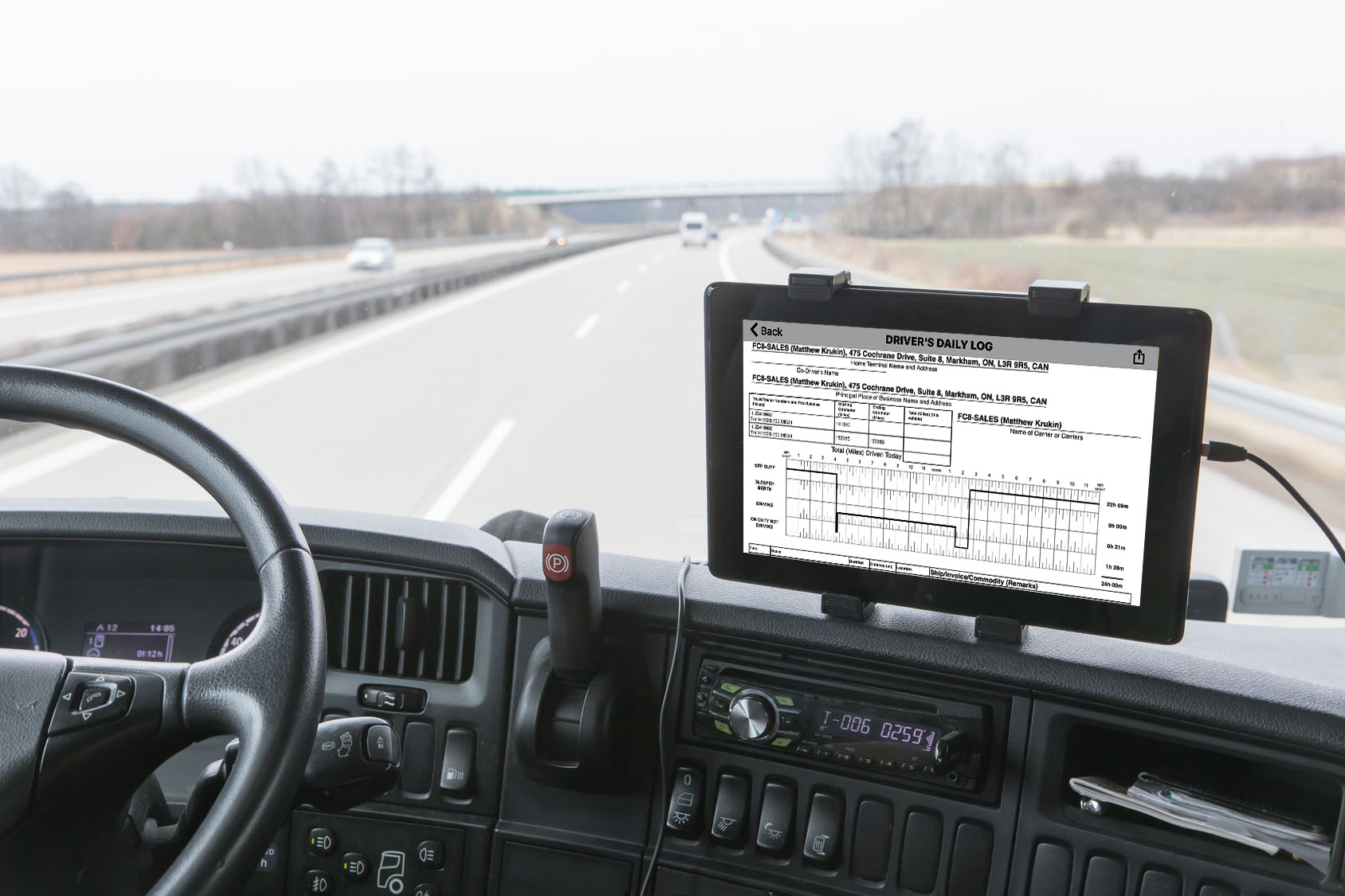Dear Marc,
Our business is about to undergo a Facility Audit. How is a Facility Audit managed in Ontario, Canada and more specifically how the vehicle preventative maintenance (PM) profile is scored? Our written preventive maintenance program does not meet a 90-day interval as described by MTO in this public document posted on their website. Are our operations violating regulatory compliance?
Dear Concerned Reader,
As a former Facility Auditor with MTO, I can advise you that motor carriers operating the following types of commercial motor vehicles are subject to a Facility Audit at any time under the authority of the Ontario the Highway Traffic Act.:
- Trucks, tractors or trailers, or a combination of these vehicles, that have a registered gross vehicle weight or actual weight of more than 4,500 kilograms;
- Tow trucks, regardless of registered gross weight or actual weight;
- Buses with a manufactured seating capacity of 10 persons or more, excluding the driver;
- Accessible vehicles and school-purposes vehicles, depending upon use.
For those of you that are not familiar with the program, it is primarily based on the requirement for a motor carrier maintain all driver and vehicle records within a defined period. Where some motor carriers have difficulty in passing a Facility Audit is where all records are either not accurate, or not readily available to the Auditor upon request.
Let’s begin with the basics.
The current Facility Audit is essentially a “risk based” assessment of the elements known to cause or contribute to commercial motor vehicle collisions, and to reduce that likelihood.
Back in the day, I used to target motor carriers for a Facility Audit for number of reasons.
The primary trigger would be when on-road events such as an accident, a ticket being written up for a driver or vehicle conviction, or thirdly if a vehicle was placed out-of-service for not meeting the CVSA inspection criteria. All of the actions will affect a carrier’s safety profile, up to and including going beyond their allowable threshold by 50%.
This is why it is so important for you to routinely check their safety profiles to take remedial action before the Auditor shows up at your door.
Secondly, if you had previously failed a Facility Audit in the past 5 years, and had not passed an audit since that time, they would move up my priority list.
I would also audit a motor carrier when I was directed by the powers to be at MTO to confirm if you were in fact the meeting some specific commitment that was made because of an interview or a sanction hearing.
From time to time, I would get complaints from drivers about alleged unsavory behavior that their employers where asking them to perform as a condition of continued employment. In many cases, the allegation was proven invalid. In other instances however, I was forced occasionally to initiate a sanction of a motor carrier that had chronic safety issues that was putting the motoring public at risk.
Finally, there times where a motor carrier would even proactively reach out to me to submit to a voluntarily Facility Audit to have their Carrier Safety Rating re-evaluated. This would typically happen when they had a conditional or unsatisfactory rating that they wanted to update in order to resume operating commercial motor vehicles in Ontario. If you are in this category, it is imperative to have all your ducks in line, as you absolutely do not want to fail a voluntary audit, as your label will remain conditional or unsatisfactory for the foreseeable future!
At the highest level, the purpose of the Facility Audit is to examine your safety-management controls that are in place, and to ensure drivers are:
- Qualified to drive the operator’s equipment;
- Conducting the proper inspections of the operator’s equipment and report deficiencies whenever they occur;
- Compliant with the driving limitations and rest requirements of the Hours of Service regulation
There are three primary elements that form the basis of a Facility Audit. Each of these elements are rated on a range from zero up to 100 points, which is reflective of your on-road and back office safety performance.
The first element is a your hours of service program, including all records that that are required for a period of six months for both your company drivers and owner- operators that operate commercial vehicles on your behalf.
The second element will examine driver qualifications, records and reporting requirements. Essentially, you are required to have written records on all company drivers and owner-operators for a period of two years. Alternatively, these records are also required from the date a driver started driving your trucks if less been 2 years along. In addition, you need to retain these records for a period of six months after the driver no longer works for your company.
The last element is with respect to your vehicle maintenance program. In this case, the Auditor will request records for all types vehicles, including tractors, straight trucks, trailers and converter dollies for a period of 24 months. You are required by regulation to maintain such records for six additional months when a vehicle in your fleet is either sold or placed out of active service.

As mentioned above, it is the written PM component of this element where a specific question was asked of me. The client was concerned that he had a written preventive maintenance program prescribing that all vehicles are maintained at 120-day intervals. He had heard that MTO had a much more rigid protocol for preventive maintenance that required no less than a 90-day interval for maintenance to take place. When reviewing the public guidelines established by MTO, I confirmed that the 90-day interval is merely a guideline – essentially, it’s up to you to set the threshold that you would have to comply with.
Prior to scoring a motor carrier on this element, the Auditor must establish based on records surrendered that you exceeded both the MTO’s guideline of 90 days, and your designated PM interval.
Let’s use specific example to illustrate how the scoring would work.
As part of the entrance interview with the Auditor, you confirm that the PM program is based on a 60-day interval.
During the course of the maintenance portion of the audit, records show that the you exceeded the 60-day interval to complete the maintenance, but not the MTO 90-day minimum. In this example, you would not be penalized on your PM score of the audit.
On the other hand, if you exceeded both the 60 and 90-day intervals, with preventive maintenance being done say at 100 days, there would be a score against your PM score of the audit.
In a second example, let’s says that you have a written PM every 120 days. If the you exceed the 120-day interval, you would be penalized on the PM score of the audit. Conversely, if you completed the PM within in 100 days of each interval, you would get full credit! Therefore, may sure your PM statement is so rigid that you will net achieve what you said you would do to your equipment in terms of PMs.
I trust the above clears up any misconceptions about how Facility Audit scoring in Ontario takes place!
Here is how easy it is to set up regular service reminders for your vehicles in Fleet Complete. Base it on mileage, engine hours or days and send email reminders directly to each driver and your service department!
{% video_player “embed_player” overrideable=False, type=’scriptV4′, hide_playlist=True, viral_sharing=False, embed_button=False, width=’1920′, height=’938′, player_id=’7265921607′, style=” %}



































































































